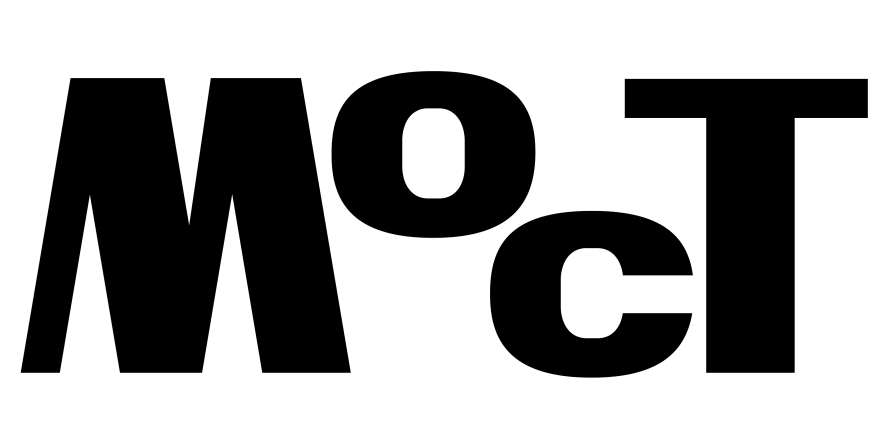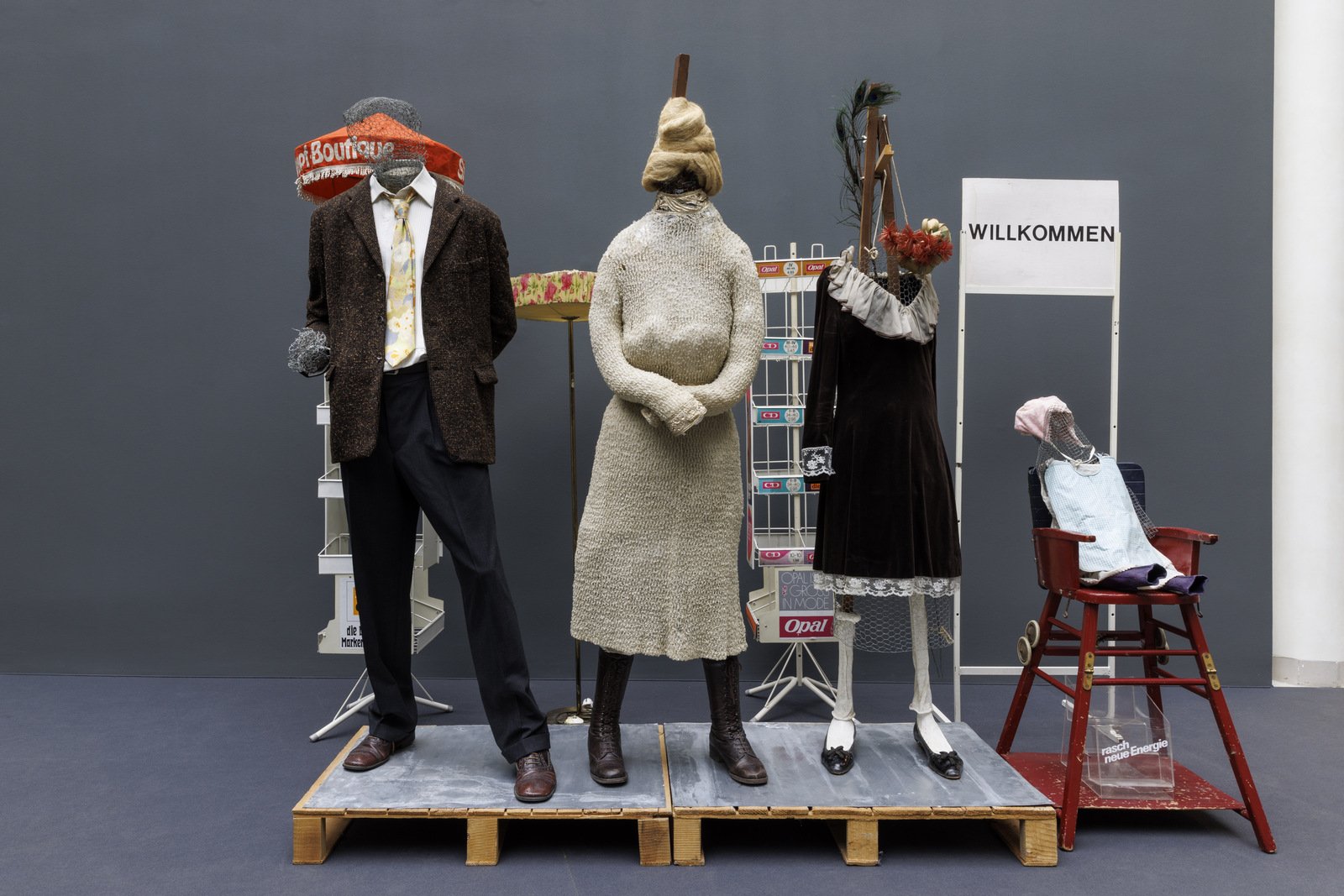In the 1960s, ’70s, and ’80s, numerous artists from abroad were working in both the German Democratic Republic and the Federal Republic of Germany. Within the framework of grants and bilateral cultural agreements, and alongside migrant workers, exiles, refugees, and ‘foreign workers,’ they came to a divided Germany during the Cold War to continue working on their art and to collaborate and exchange with other artists. Some were themselves migrant workers who only later became artists.
Memories of people and landscapes, colors, forms, and visual traditions found their way into their works. Fleeing their native countries and living in exile in their new homeland, political conditions as well as daily work and life became their new pictorial themes.
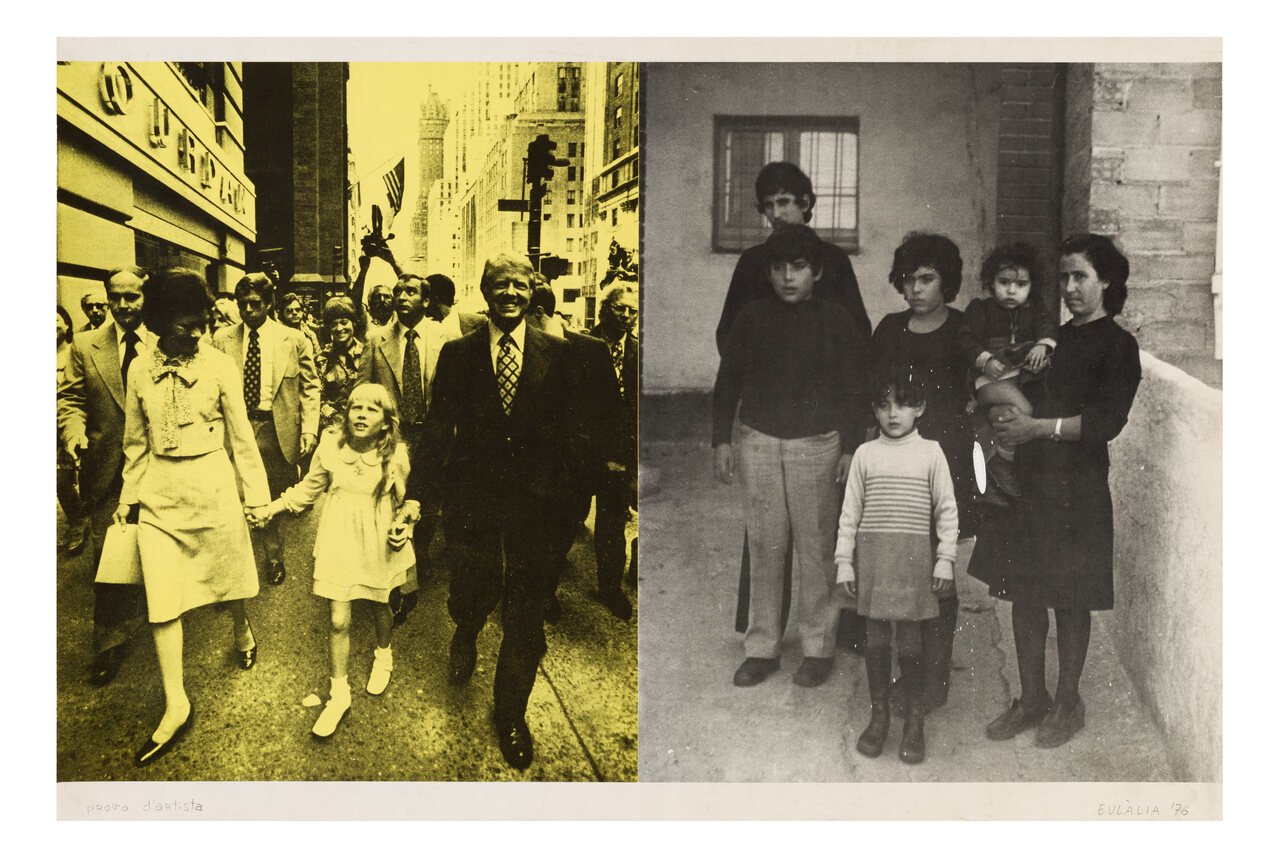
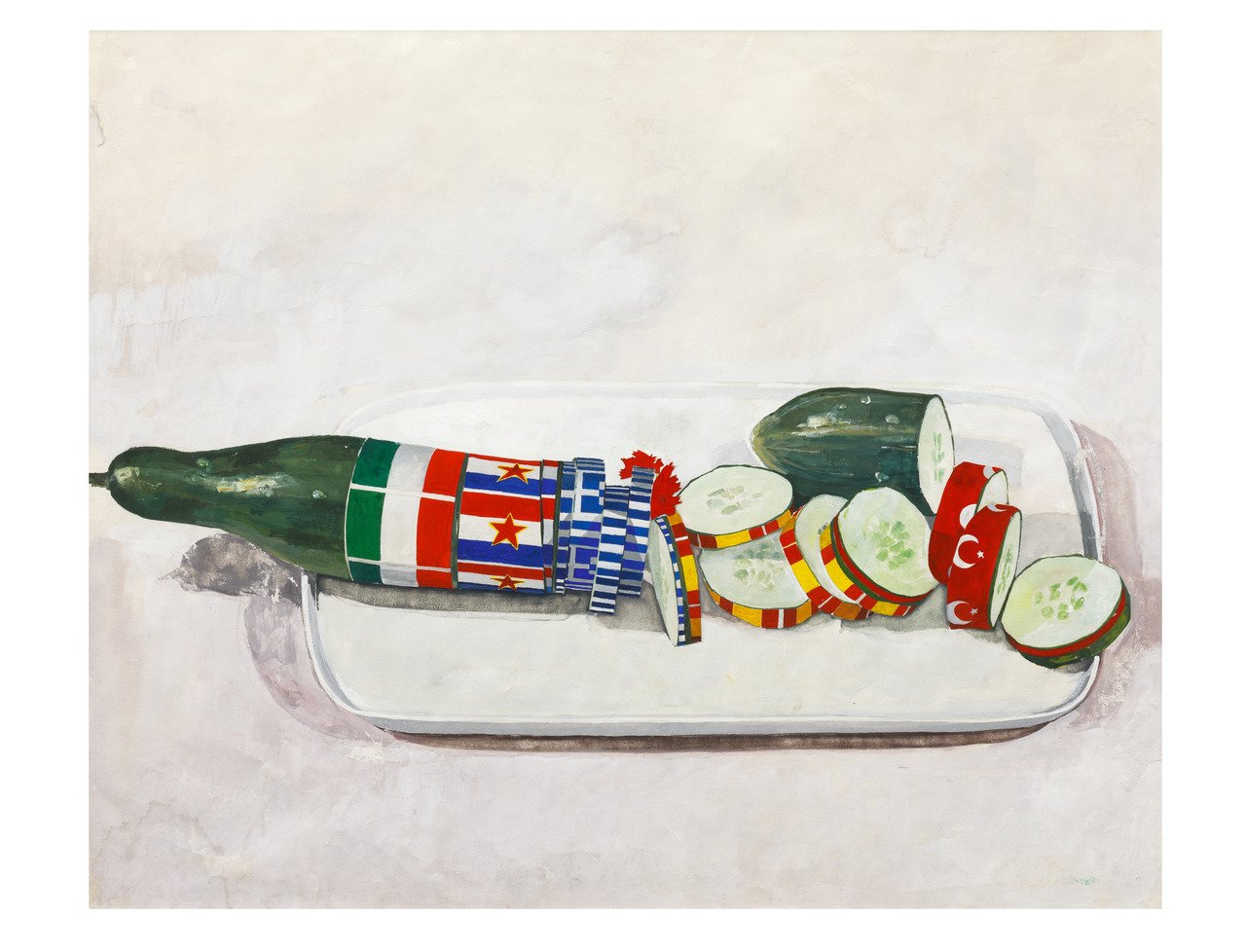
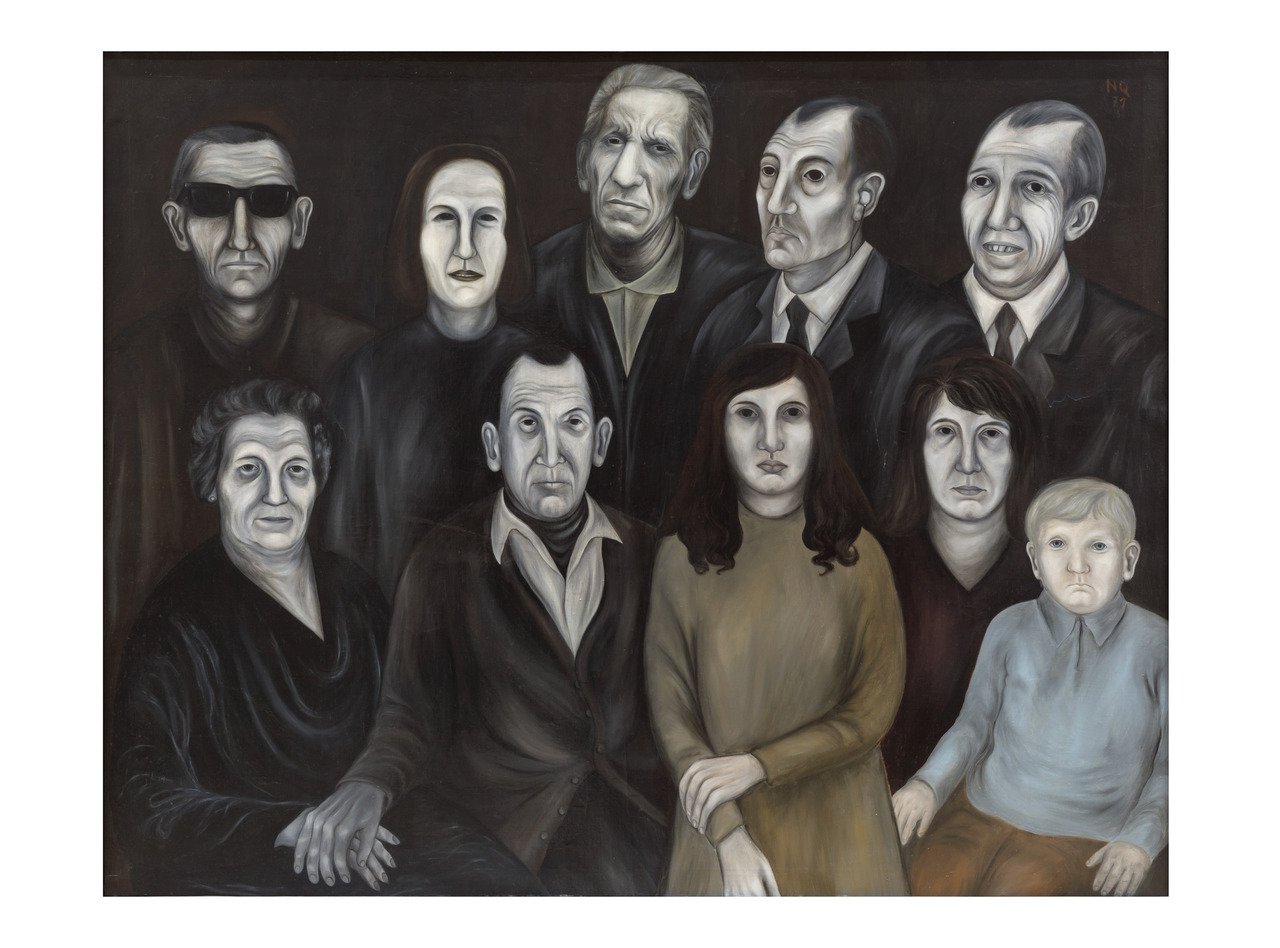
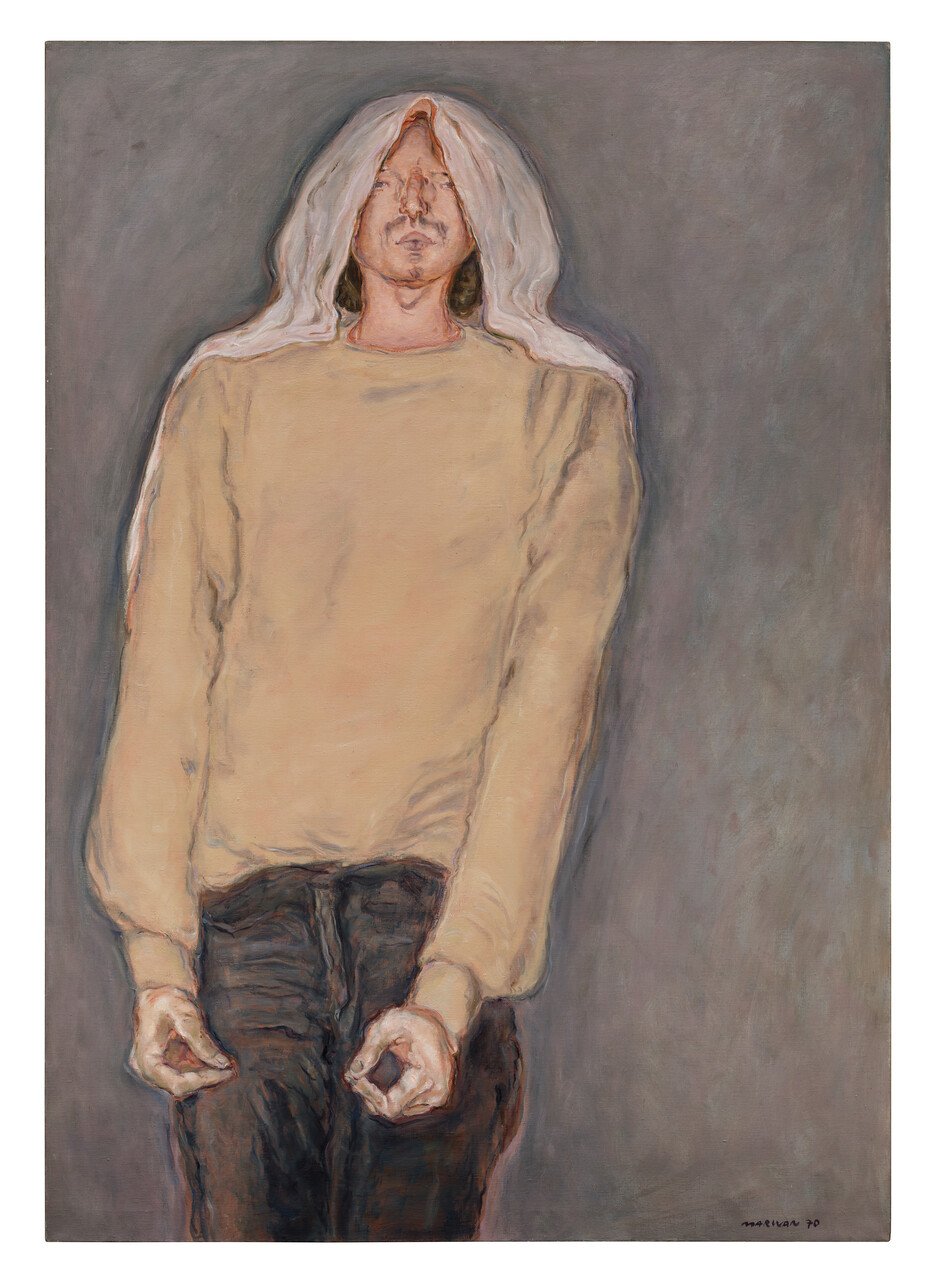
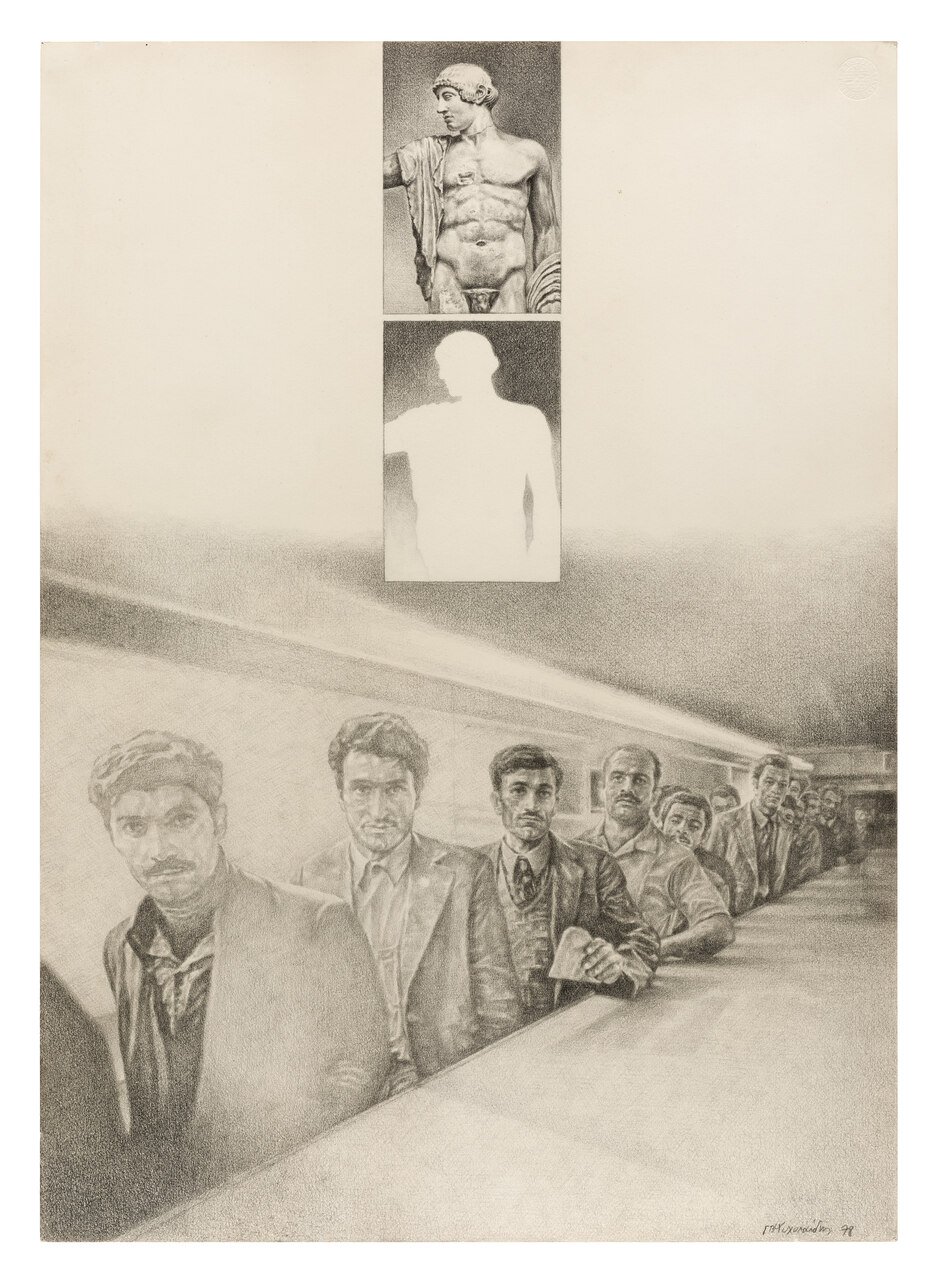
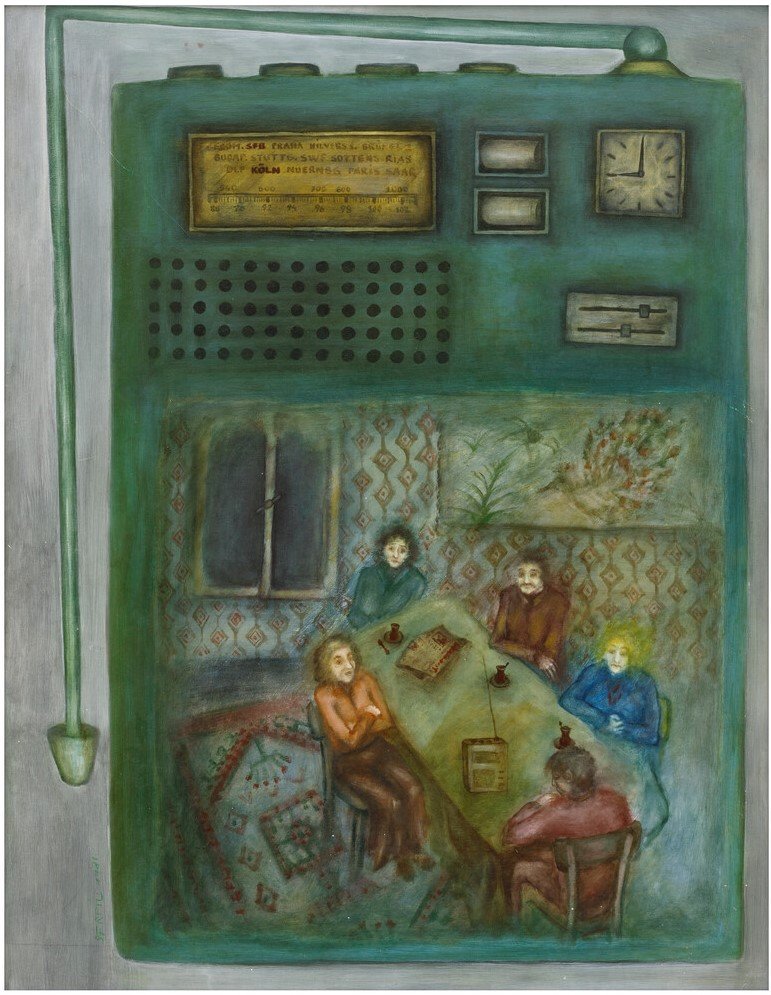
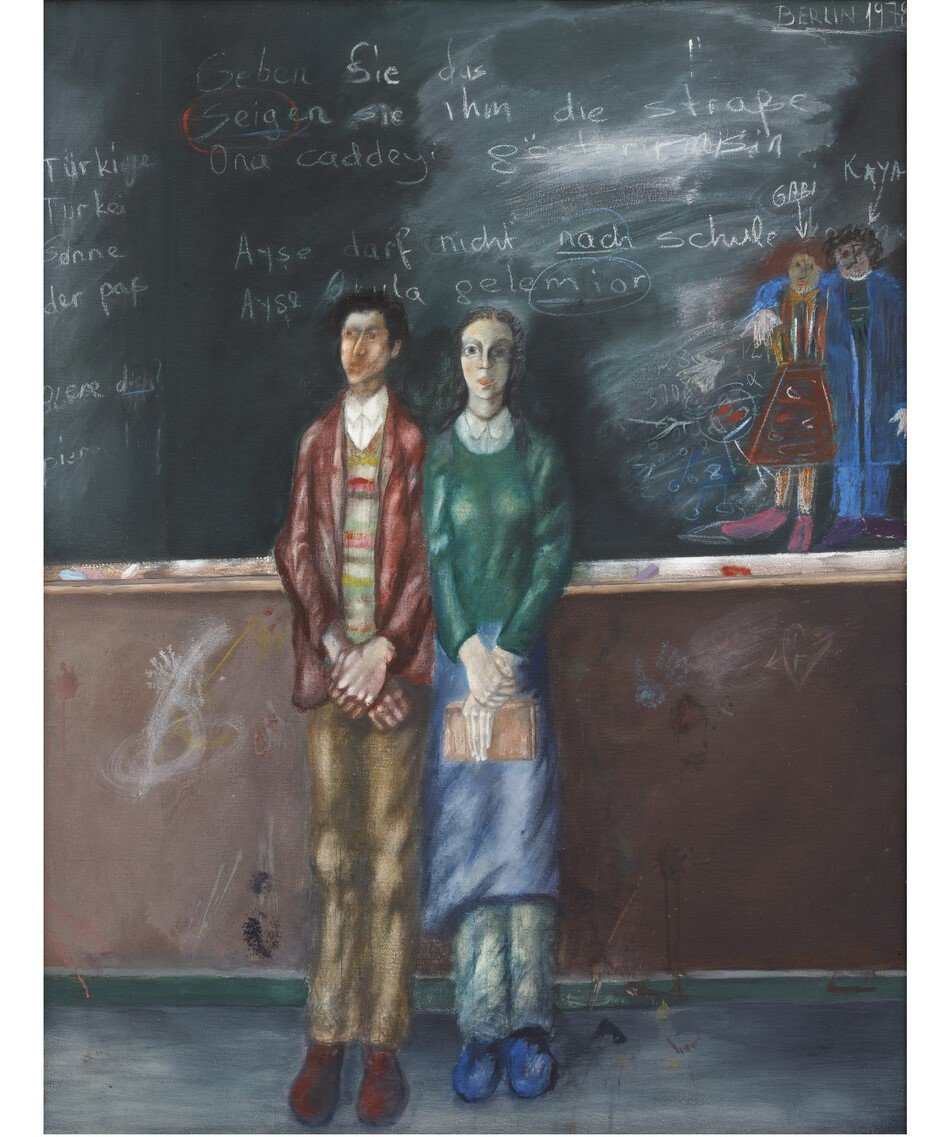
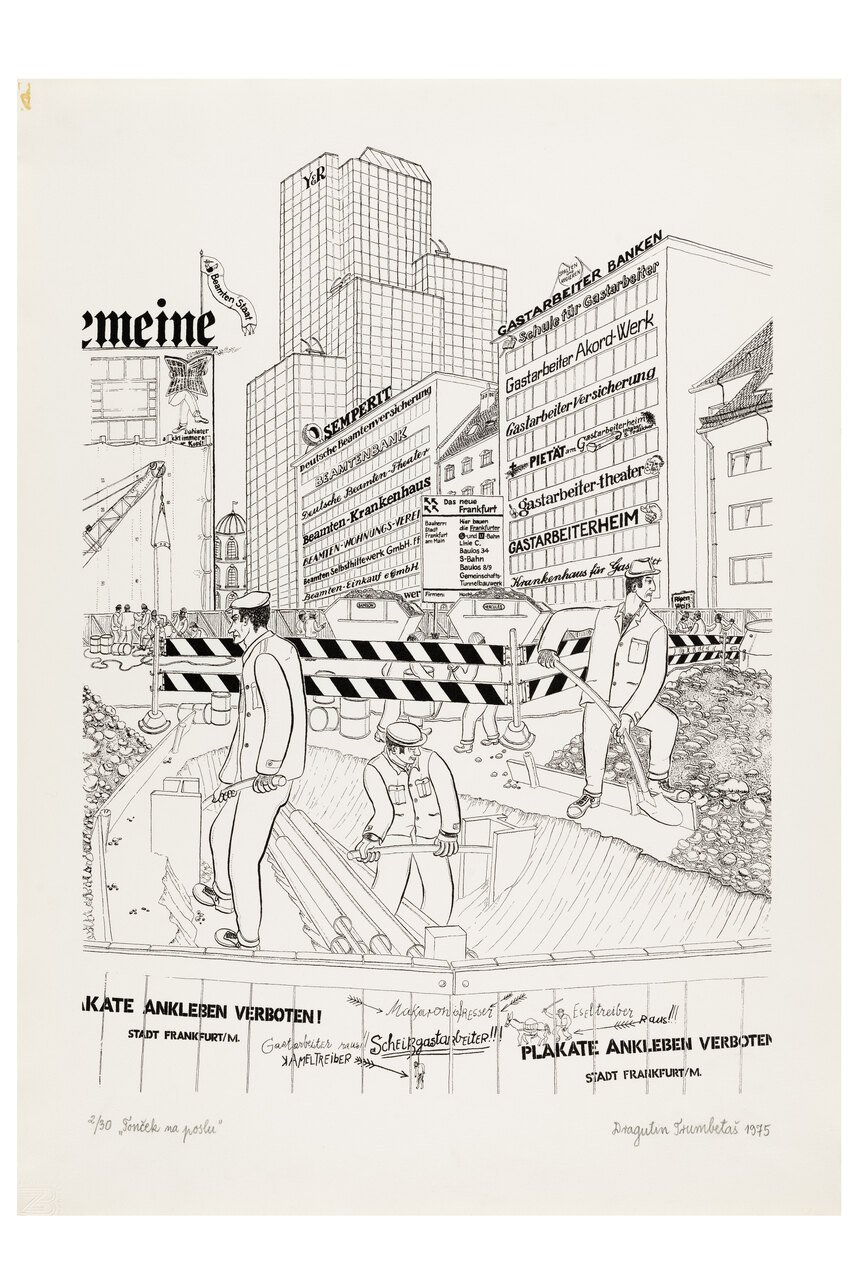
Marginalized within the institutionalized art world due to structural exclusions, the artists nevertheless decisively expanded the discourses on art in both post-National Socialist Germanys. In doing so, they opened up the possibility of seeing different things and, hence, seeing differently.
The exhibition “There is no there there” testifies to the richness of their artistic work and the transformative power that works of art can unleash. While what they left behind inevitably changes, the artists directly change the present.
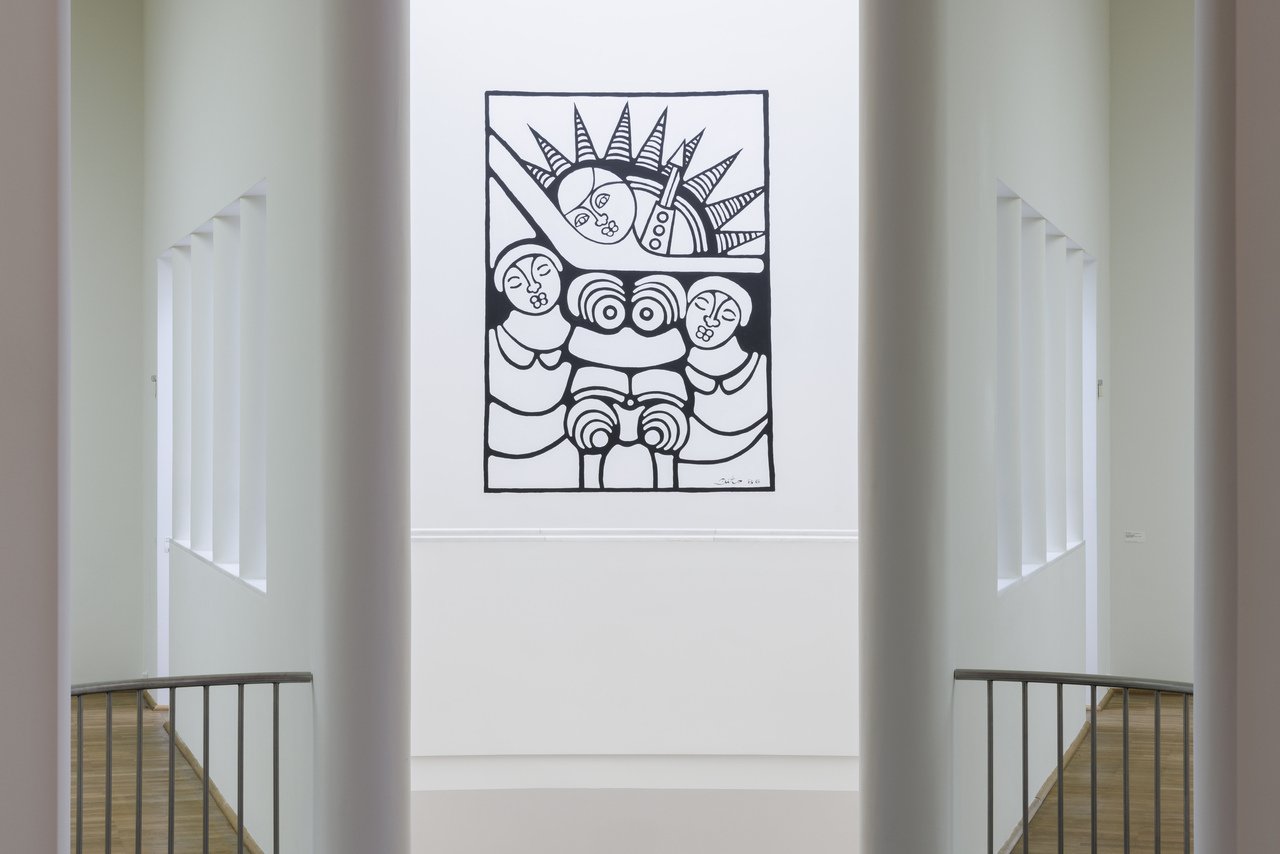
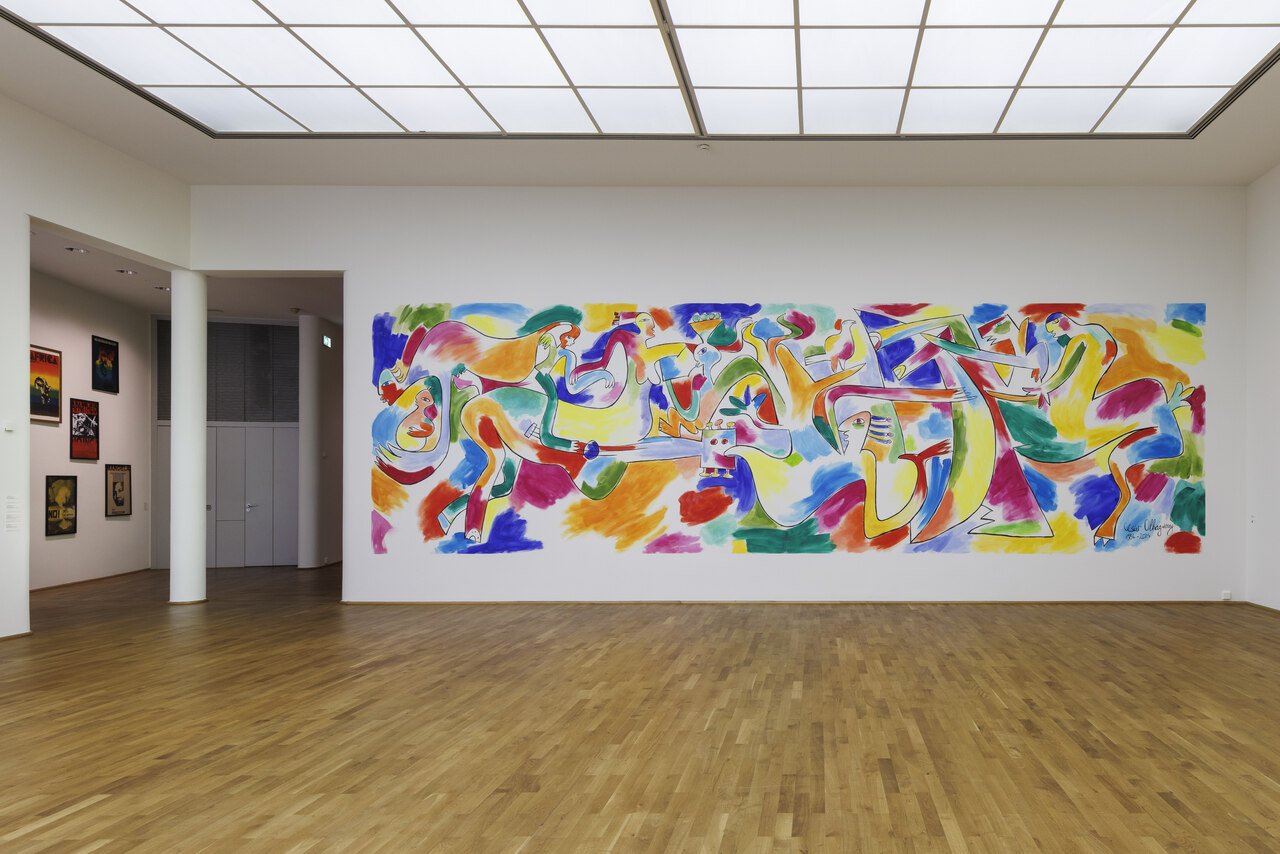
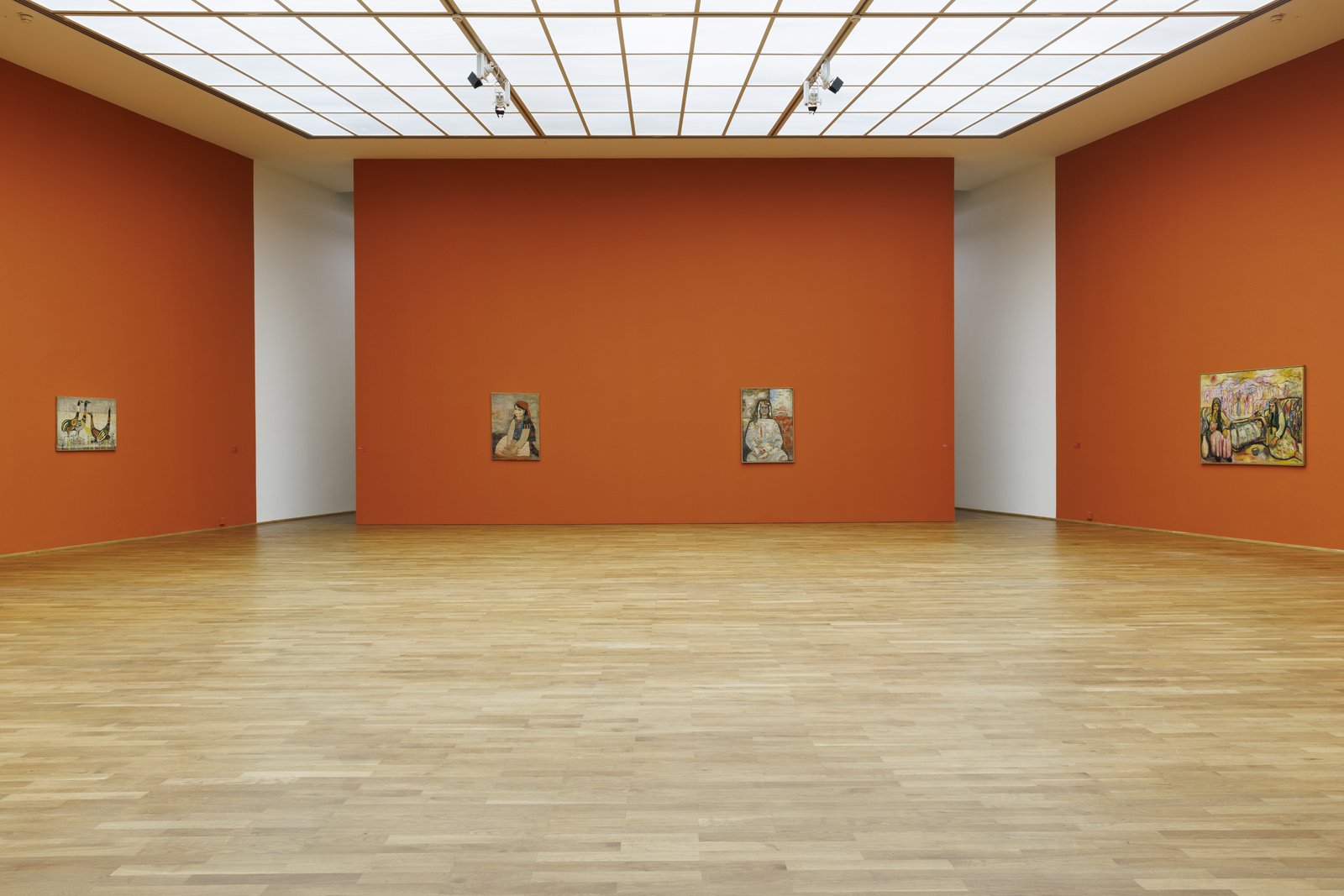
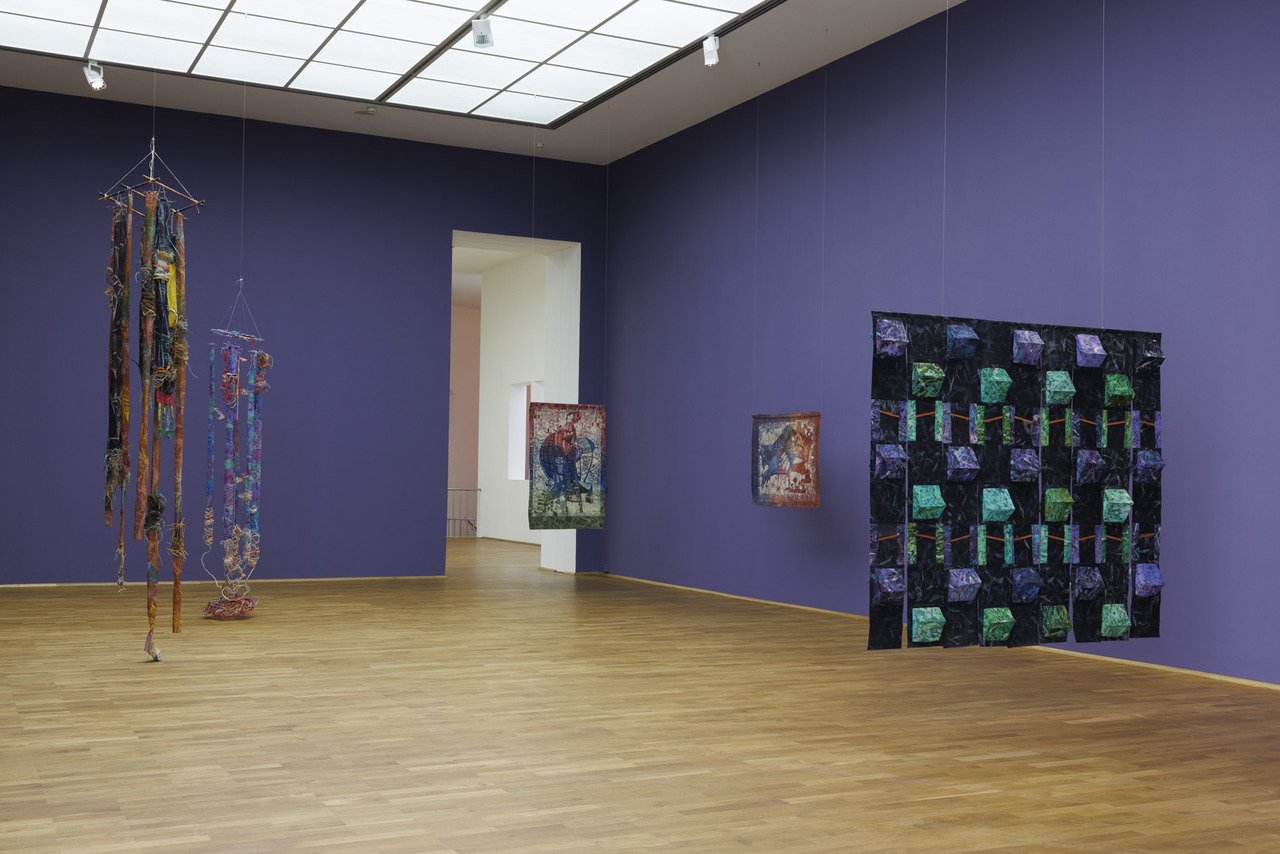
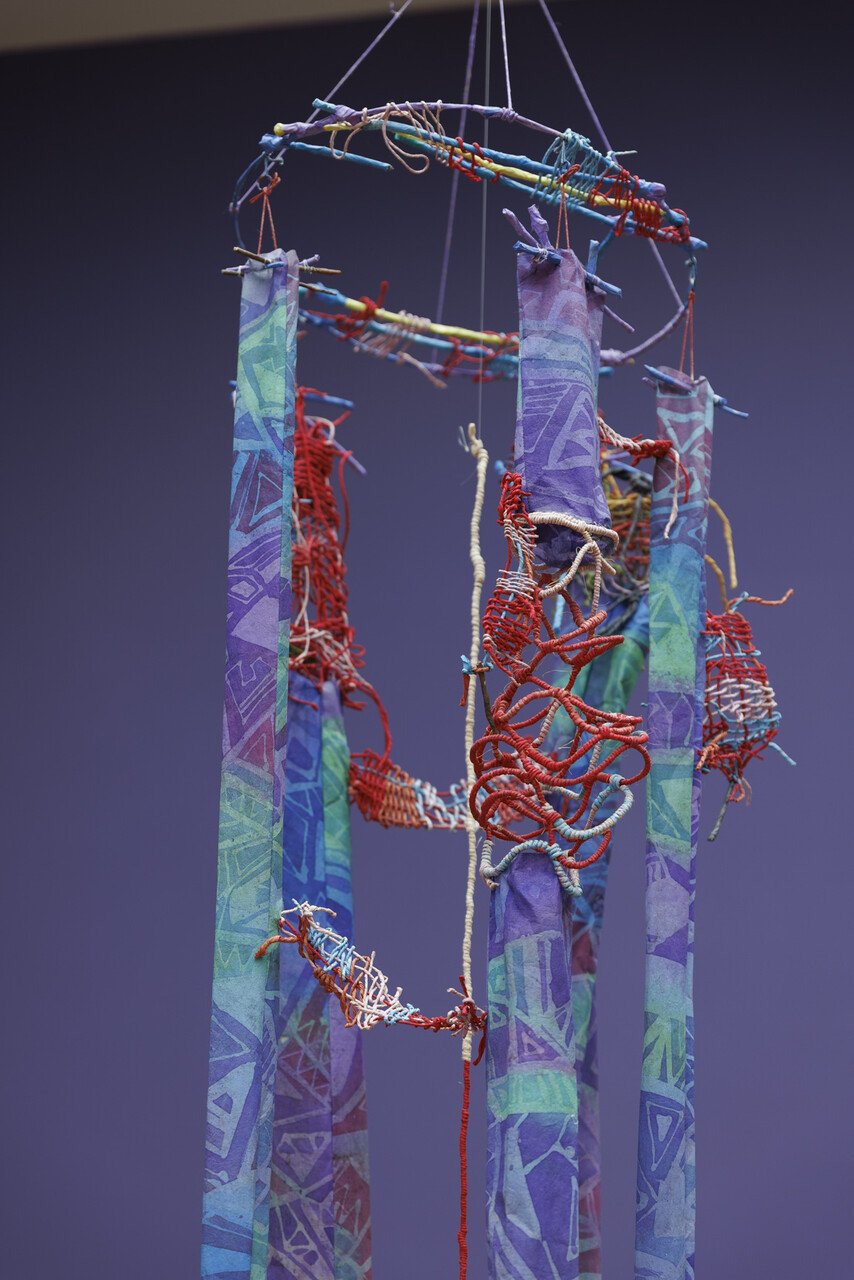
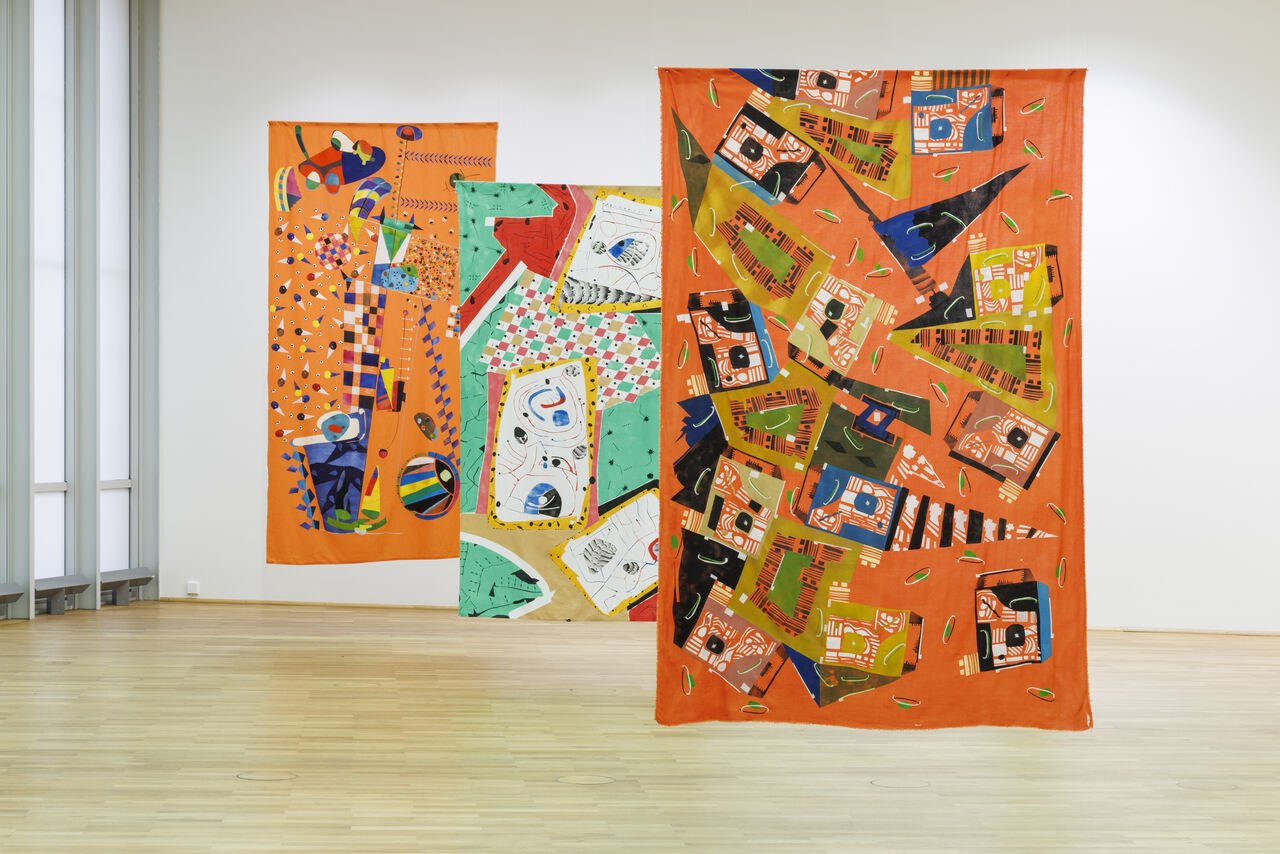
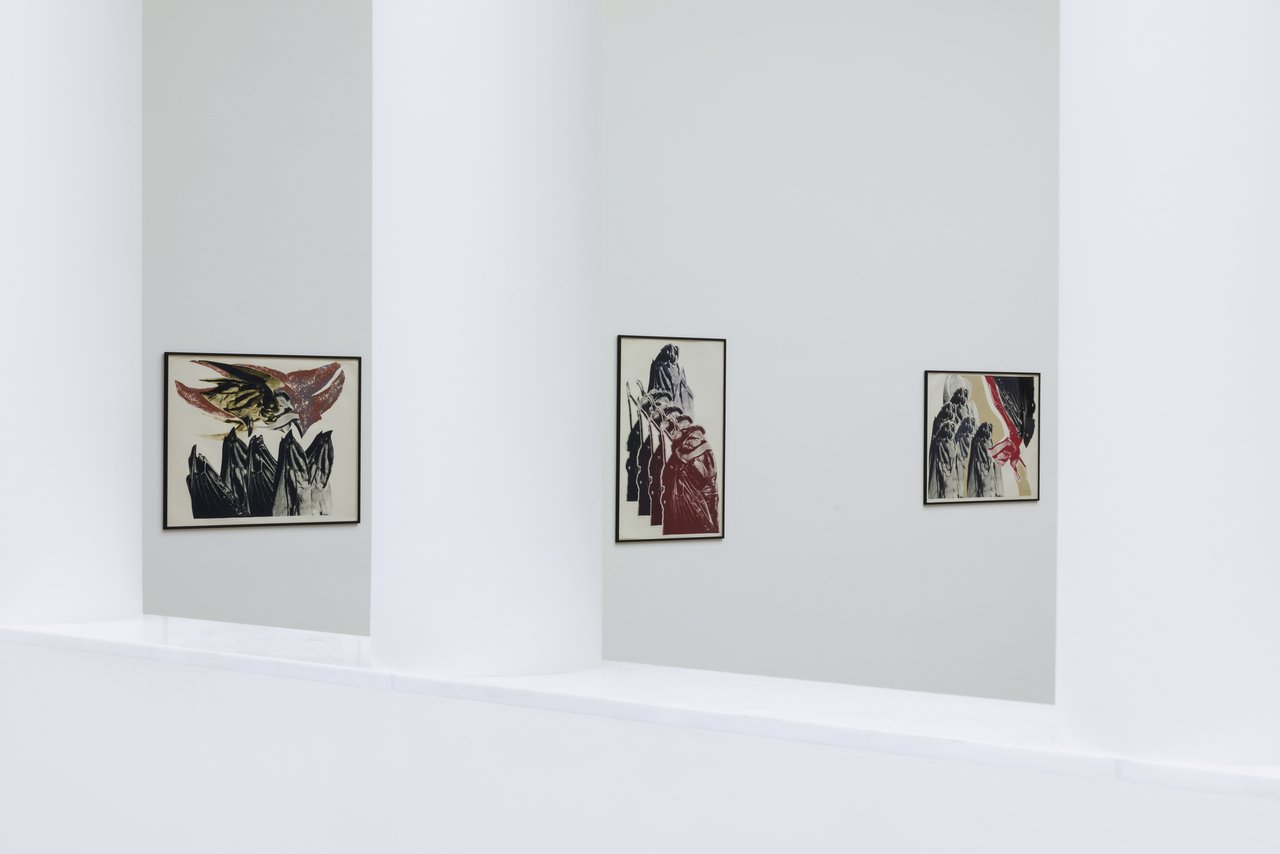
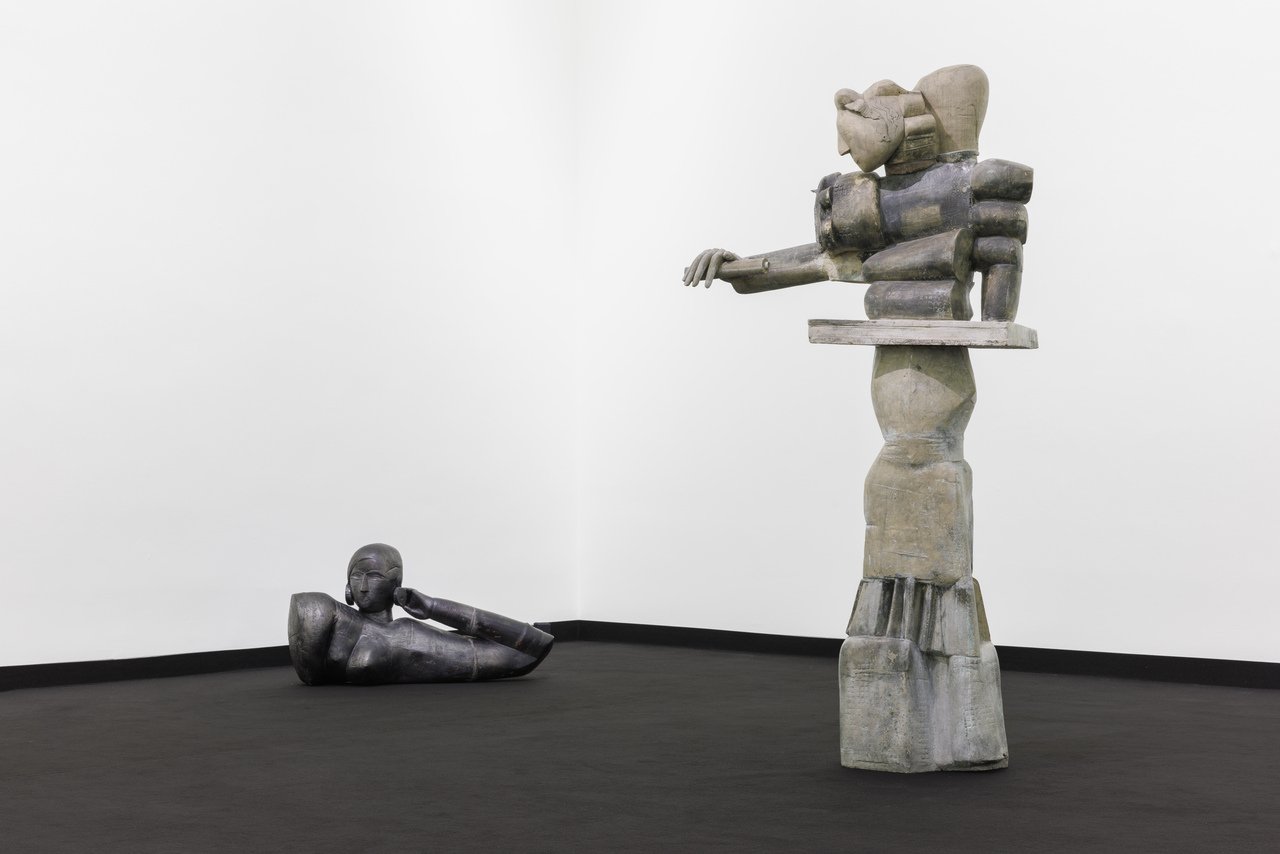
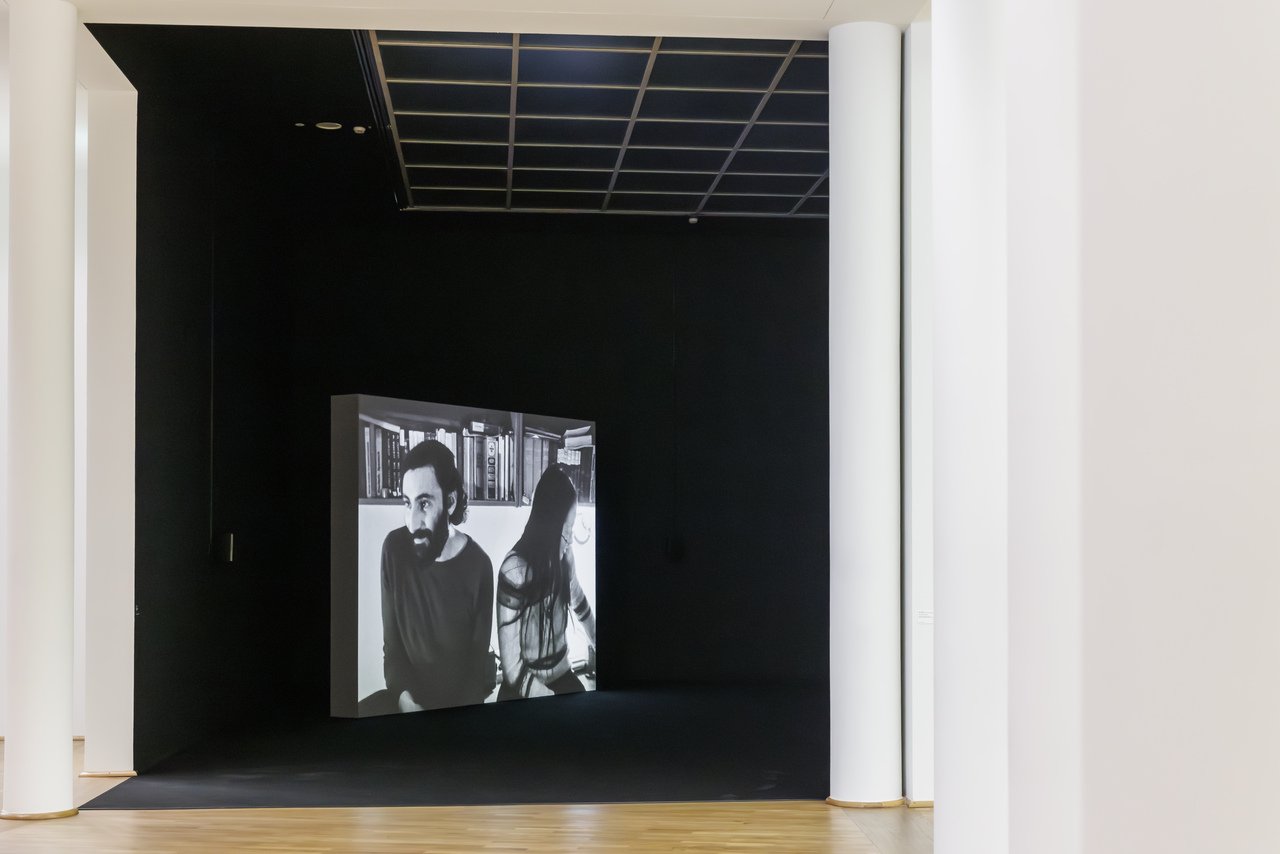
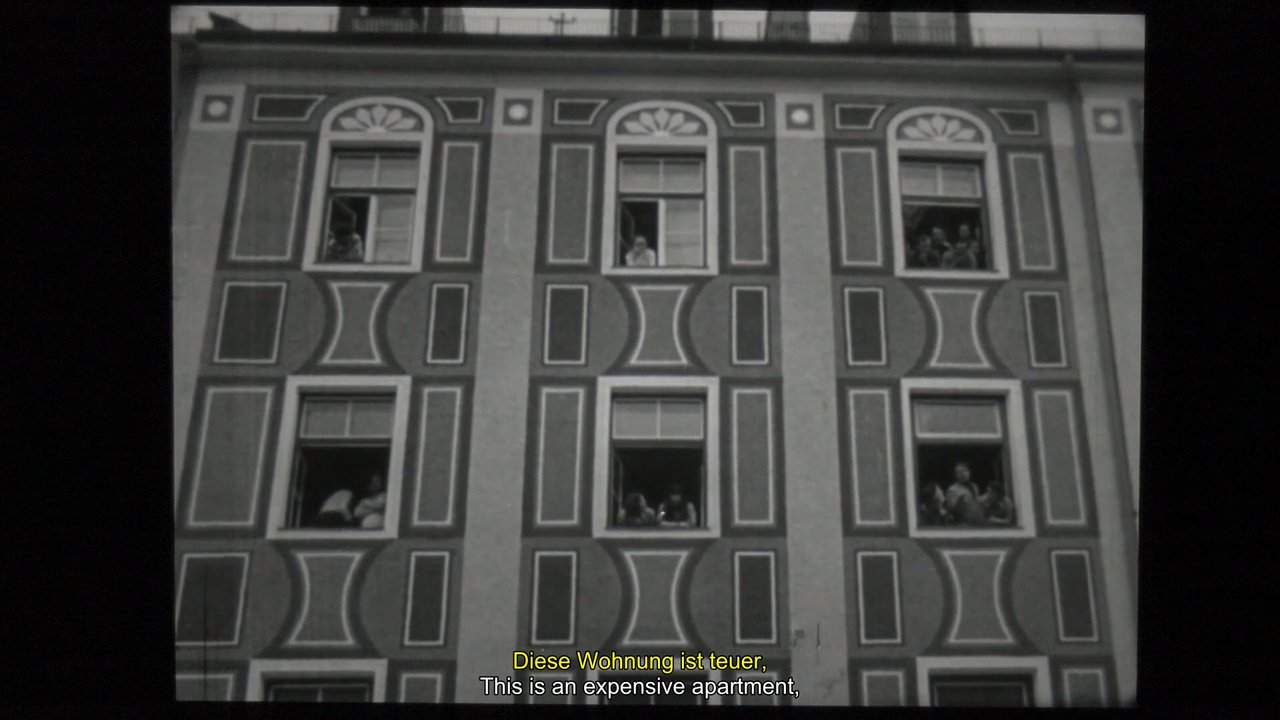
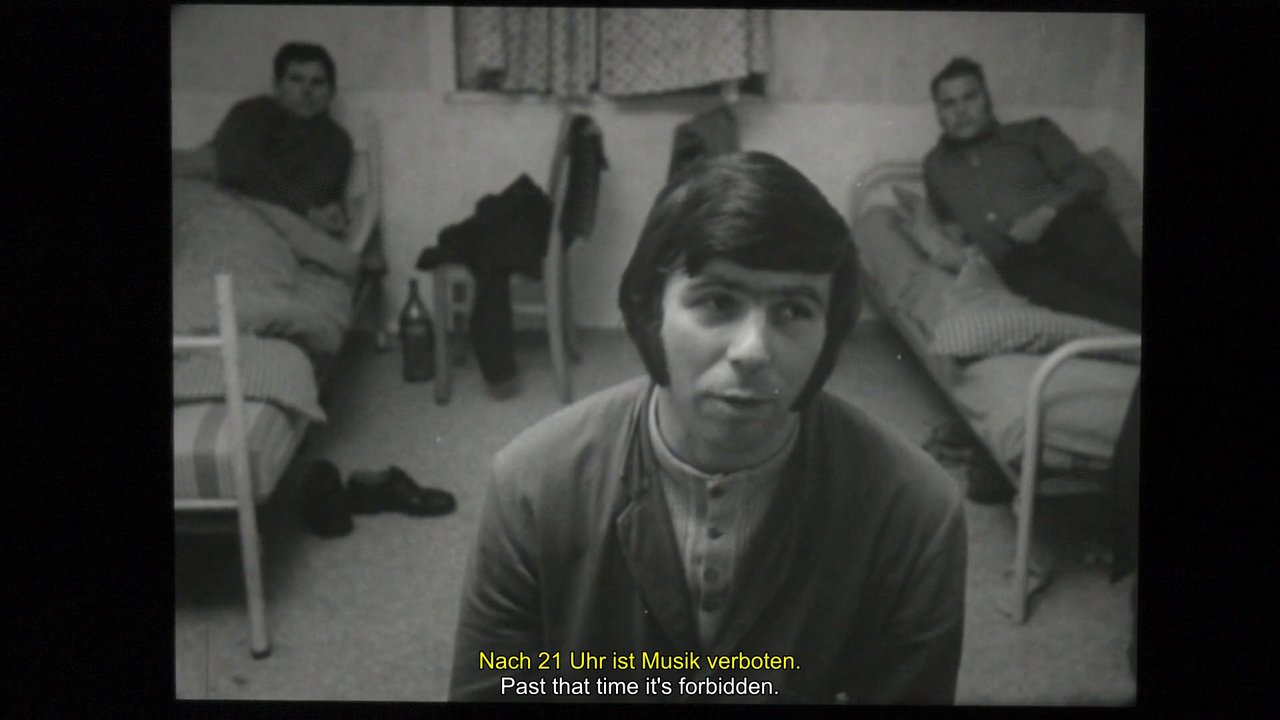
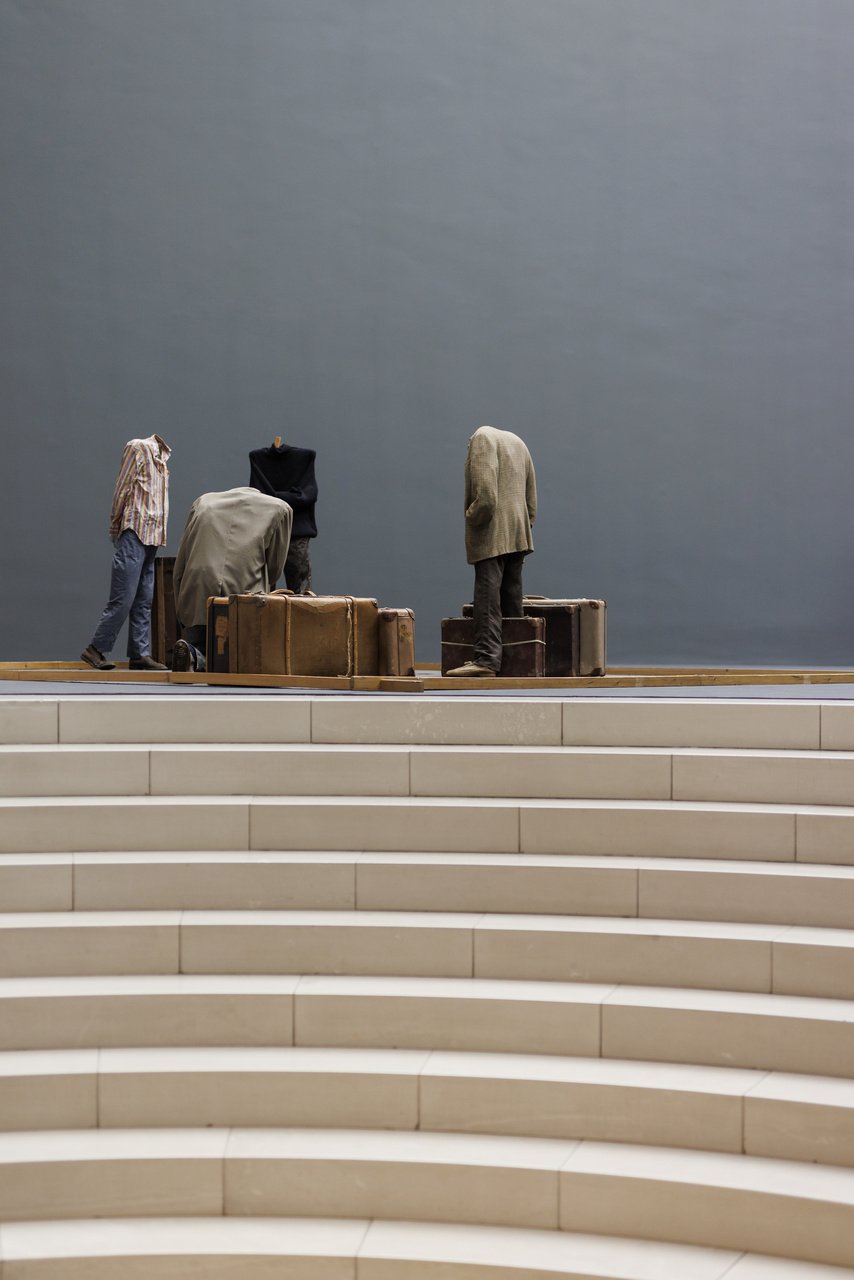
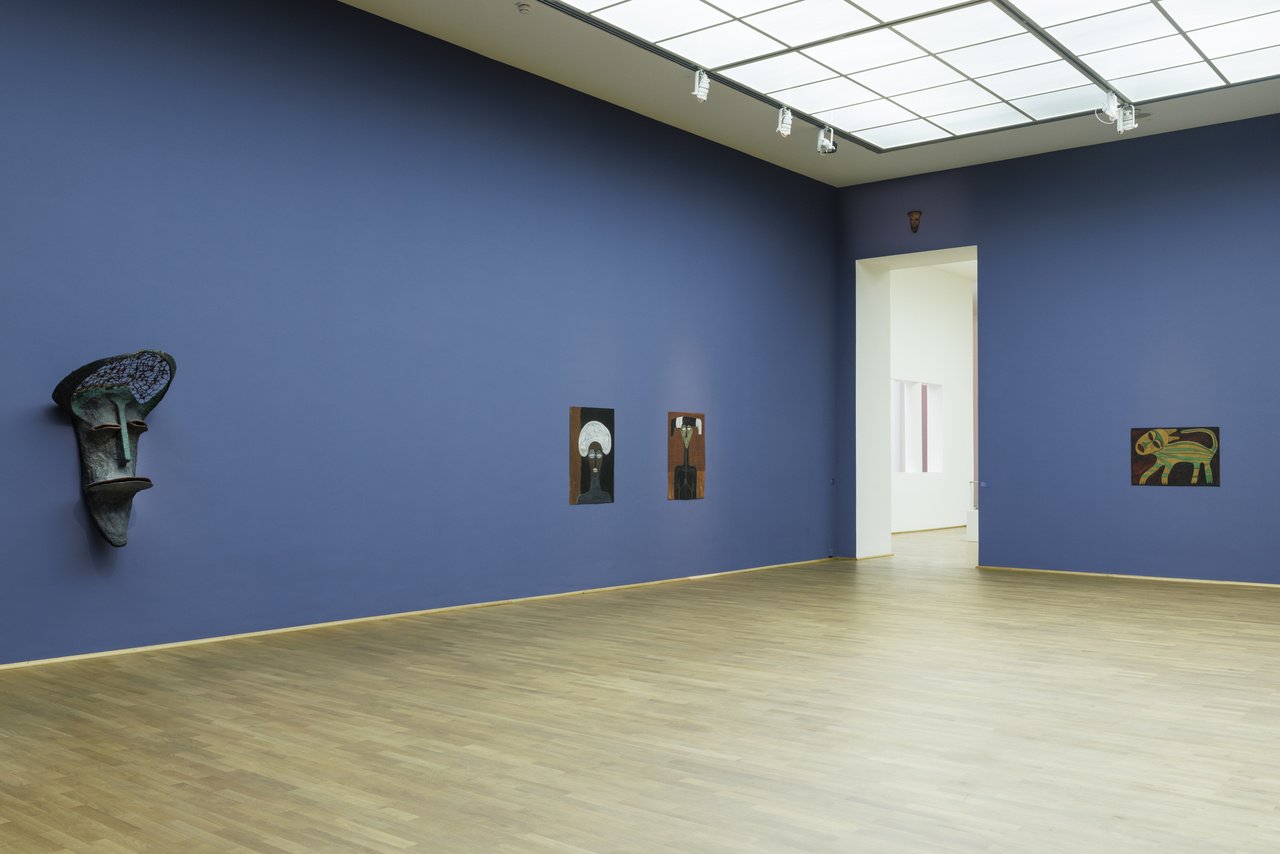
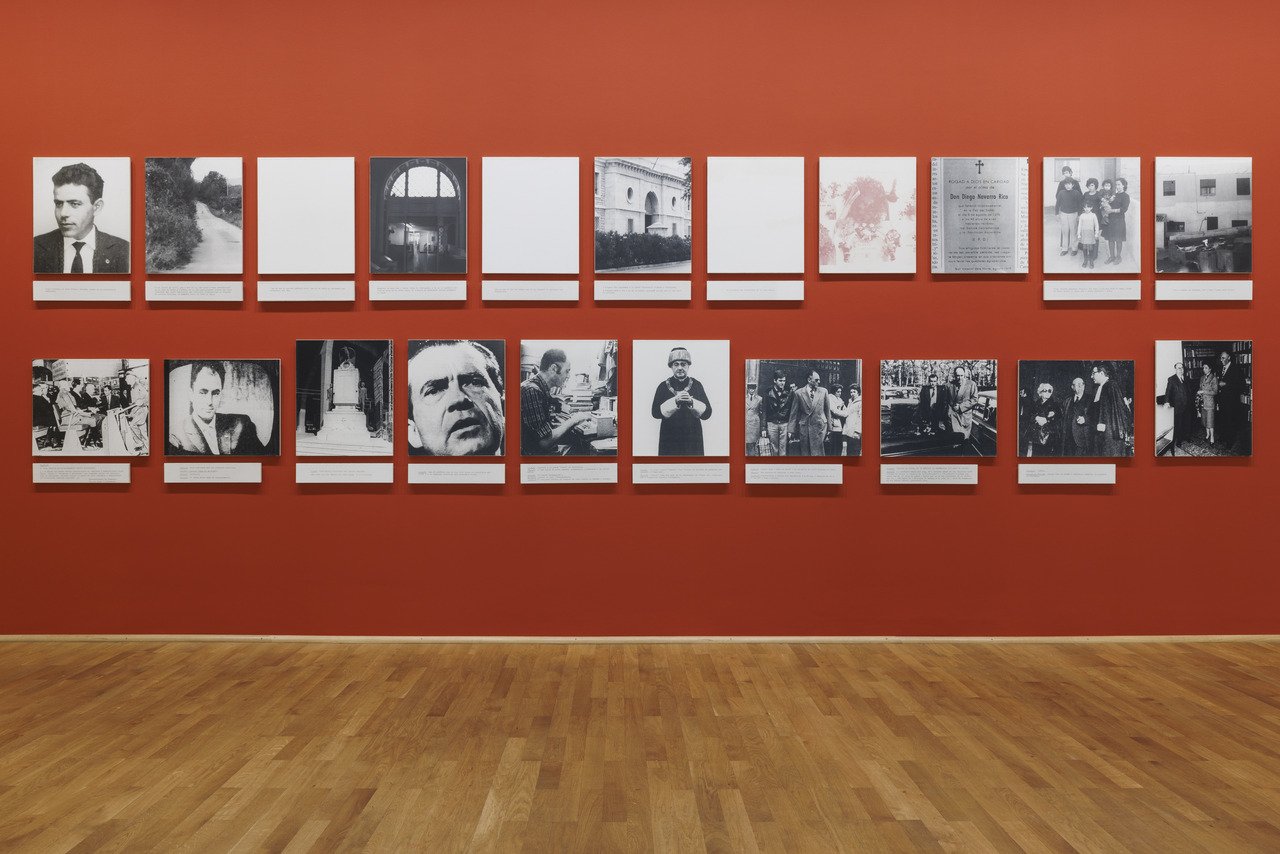
Artist(s): Abed Abdi, Alexis Akrithakis, Gülden Artun, Akbar Behkalam, Cecilia Boisier, Vlassis Caniaris, Rimer Cardillo, Teresa Casanueva, Ali Rıza Ceylan, Santos Chávez, Guillermo Deisler, Grazia Eminente, Eulàlia Grau, Getachew Yossef Hagoss, Azade Köker, MARWAN, César Olhagaray, Jannis Psychopedis, Núria Quevedo, Sohrab Shahid Saless, Manuela Sambo, Navina Sundaram, Dito Tembe, Rıza Topal, Drago Trumbetaš, Chetna Vora, Hanefi Yeter, Serpil Yeter, Hamid Zénati, Želimir Žilnik
Exhibition Title: There is no there there
Link: https://www.mmk.art/
Venue: Museum für Moderne Kunst
Place (Country/Location): Frankfurt am Main, Germany
Dates: 13.04 – 29.09.2024
Curated by: Gürsoy Doğtaş, Susanne Pfeffer
Photos by: All images courtesy of MMK, Frankfurt am Main
